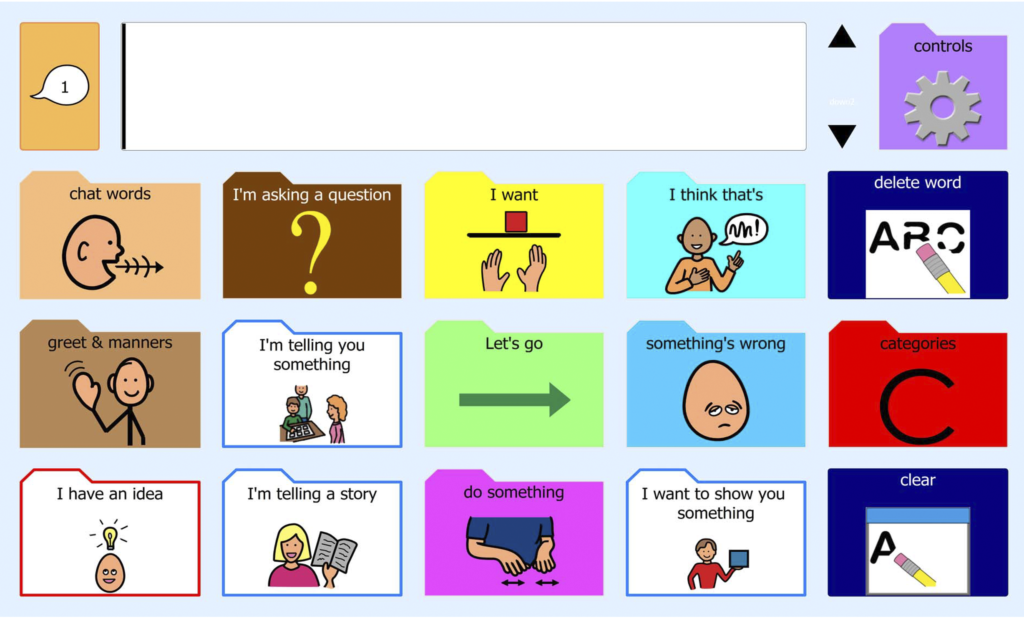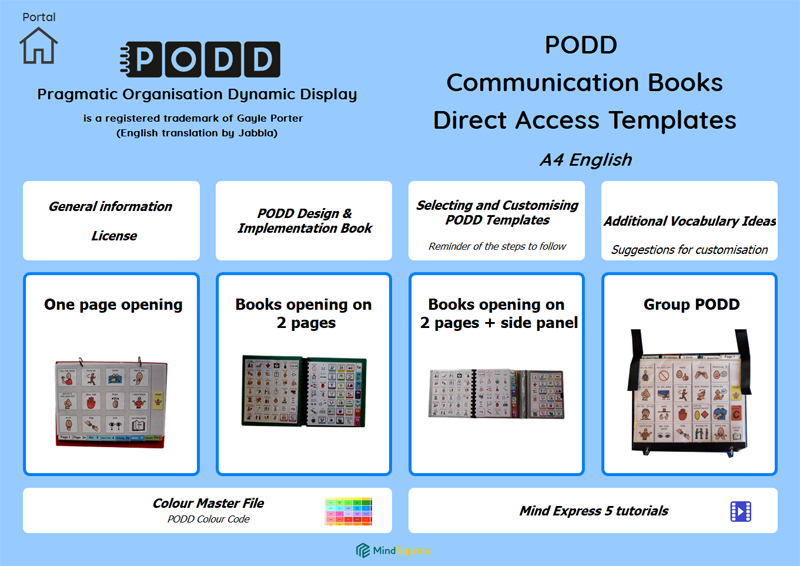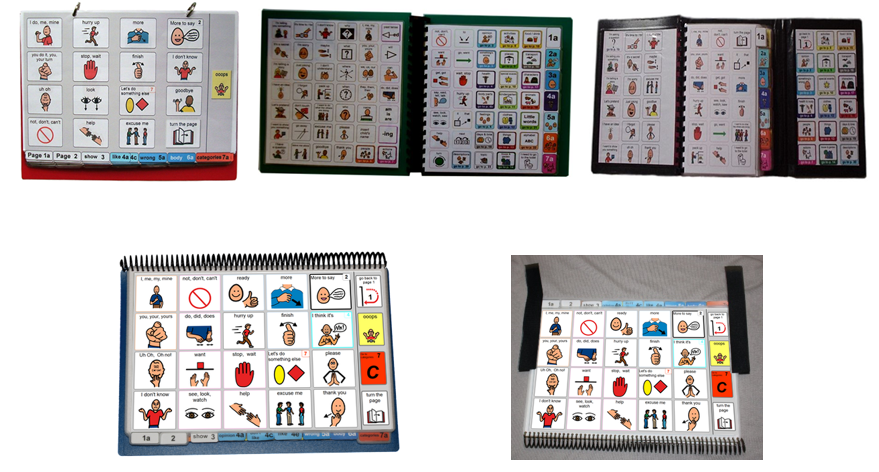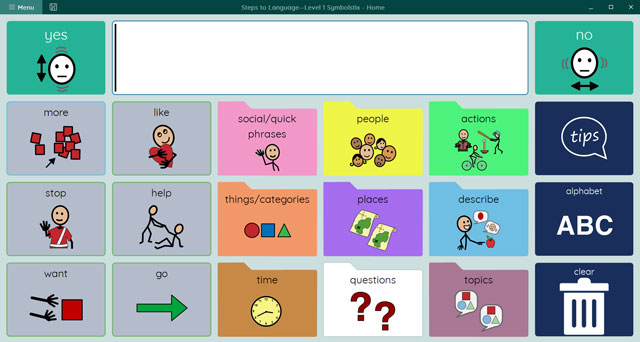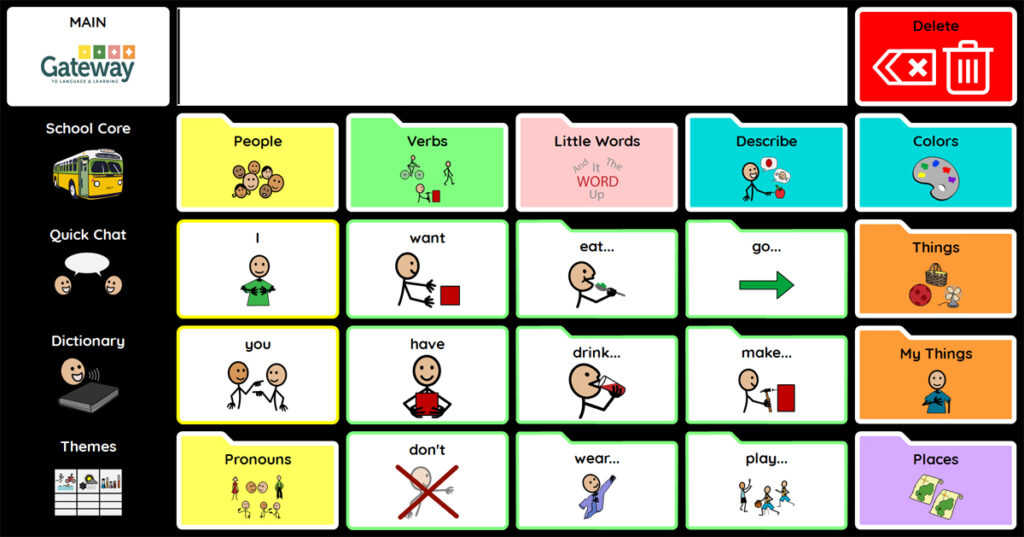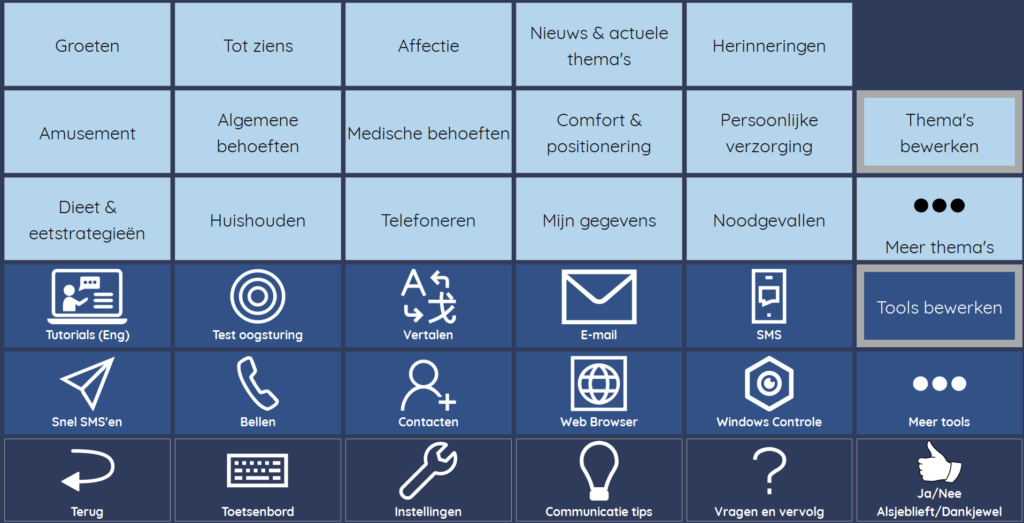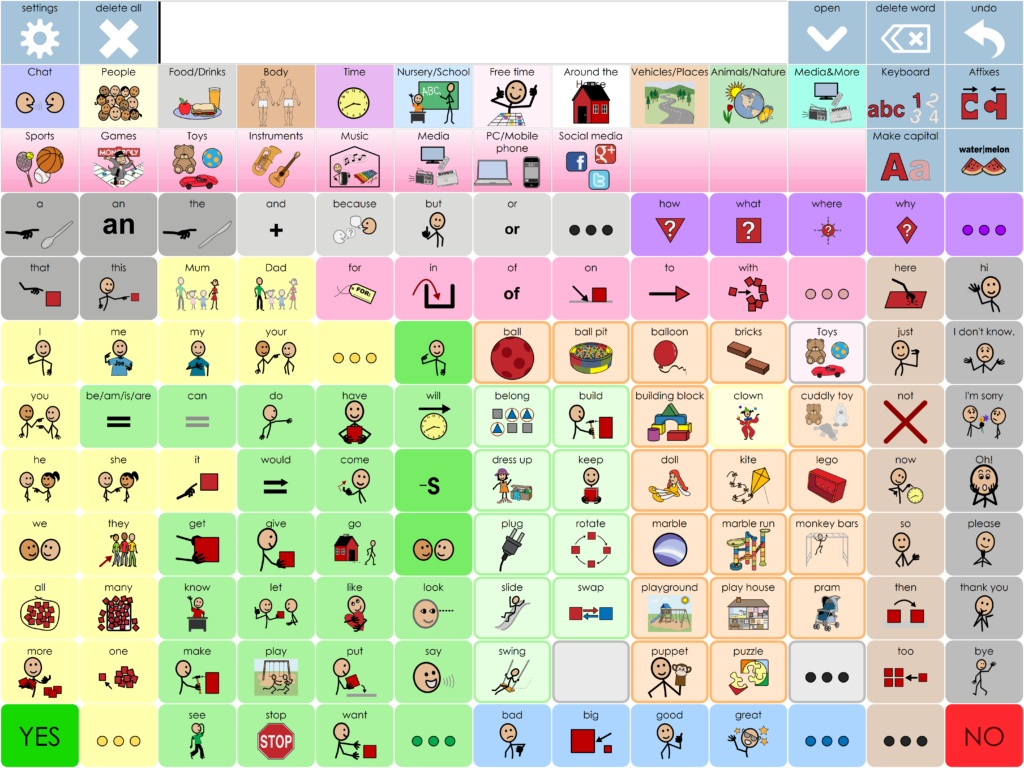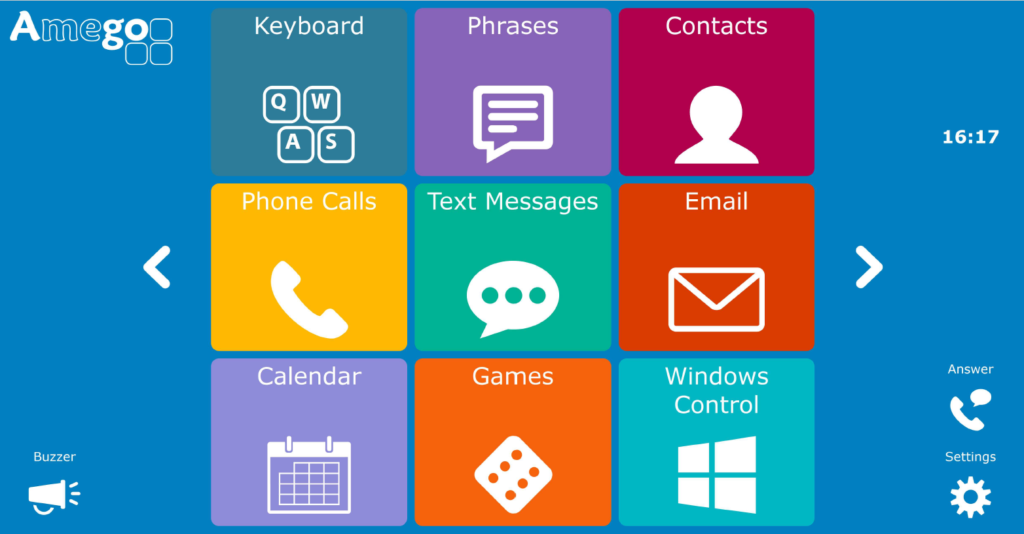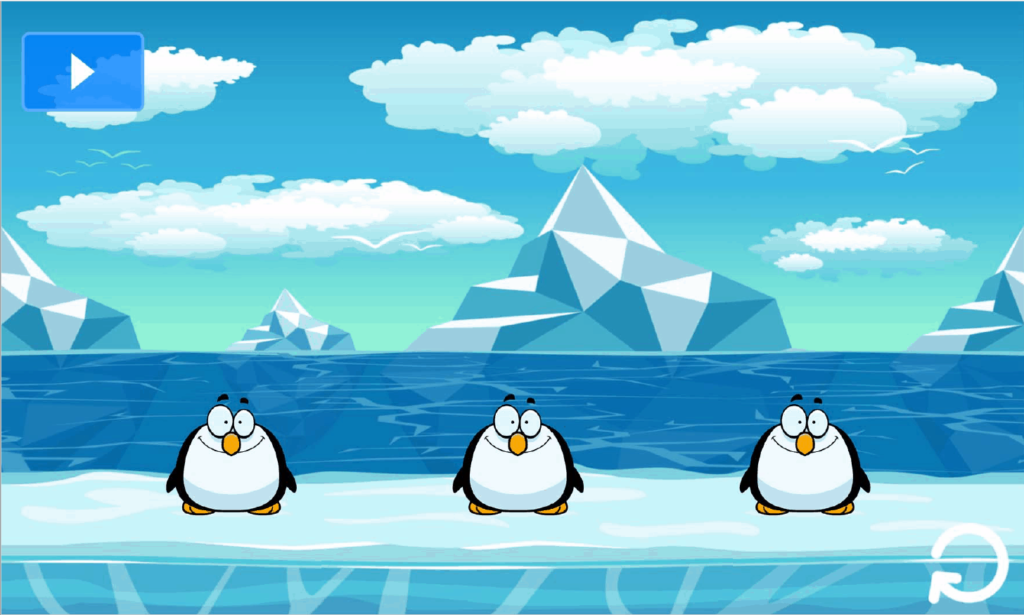Continuous language immersion
The combination of logically organised symbol books and modeling (= friends, family and other carers who serve as models for learning and imitating) encourages a continuous language immersion. It all works through the combination of a paper version, the PODD books and a digital version that runs on Mind Express. To do this, you need to purchase a PODD license and you need PCS symbols.
Order PODD Free trial for 30 days